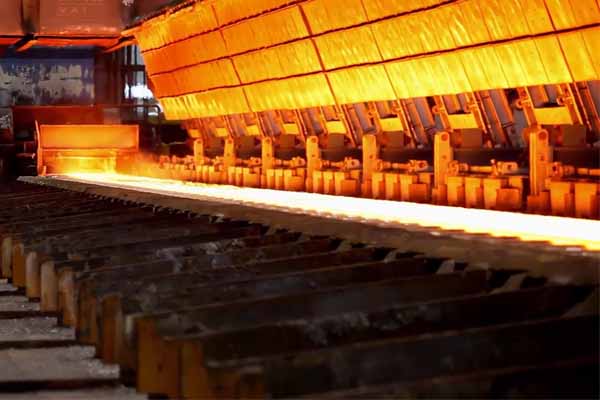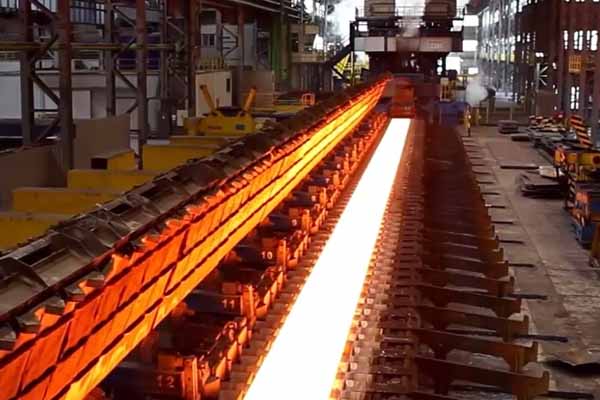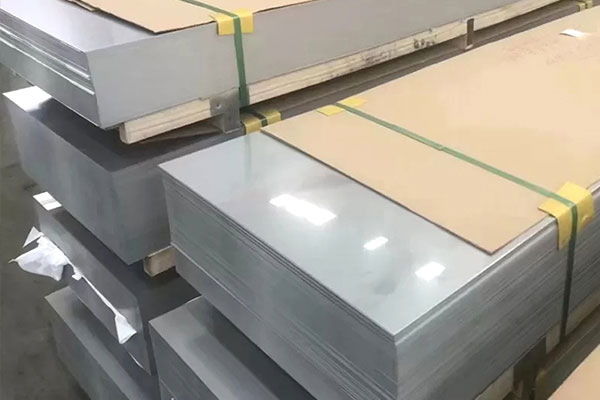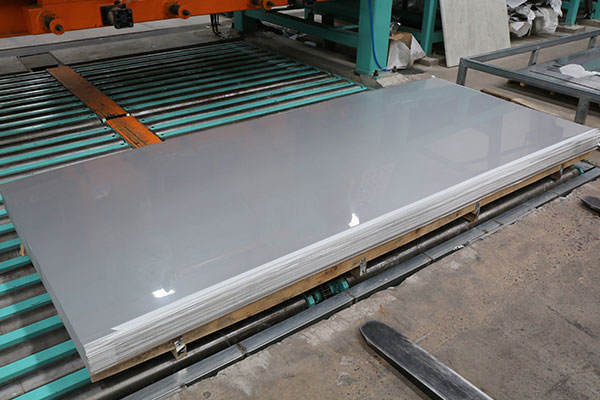In modern industry and engineering, stainless steel and nickel alloys are widely used due to their excellent corrosion resistance, high-temperature strength, and mechanical properties. However, in some complex working conditions, a single material may not meet all requirements, so a mixed use of stainless steel and nickel alloys has become a common solution.
Comparison of Core Properties of Stainless Steel and Nickel Alloys
1. Characteristics of Stainless Steel
Stainless steel is an alloy with an iron matrix and chromium (typically ≥10.5%) added to enhance corrosion resistance. Based on its metallographic structure, it can be categorized as austenitic (such as 304 and 316), ferritic (such as 430), and martensitic (such as 440C). Its main advantages include:
Good corrosion resistance (especially austenitic stainless steel);
High strength and toughness;
Relatively low cost and excellent processability;
Suitable for medium- and low-temperature environments and generally corrosive environments.
However, stainless steel may not perform well in extreme corrosive conditions (such as strong acids and high-temperature chloride environments) or high temperatures (>800°C).
2. Characteristics of Nickel Alloys
Nickel alloys are high-performance alloys based on a nickel matrix with the addition of other elements such as chromium, molybdenum, and iron (such as Inconel 600, Hastelloy C-276, and Monel 400). Their core advantages include:
Excellent high-temperature and corrosion resistance (especially suitable for strong acid, alkaline, and high-temperature oxidizing environments);
Excellent creep strength and fatigue resistance;
Suitable for extreme operating conditions (such as in the chemical, aerospace, and energy sectors).
However, nickel alloys are relatively expensive, and some grades are difficult to process, making them potentially over-engineered for less extreme environments.
Main Applications of Mixed Use
In actual engineering, the mixed use of stainless steel and nickel alloys is often based on "economic efficiency + performance optimization" considerations and is commonly found in the following scenarios:
1. Chemical and Petrochemical Industries
In chemical equipment, certain components (such as reactor linings and pipe elbows) may be exposed to highly corrosive media (such as sulfuric acid and hydrofluoric acid), while other components (such as casings and supporting structures) require only moderate corrosion resistance. In this case, the following can be used:
Nickel alloys are used in critical corrosion areas (such as Inconel 625 for nozzles or valve sealing surfaces); stainless steel is used in non-critical joints (such as 316L for the tank body).
For example, in a petroleum refinery, pipes exposed to high-temperature hydrogen sulfide (H₂S) environments may use Hastelloy C-276 (a nickel alloy) for welds or elbows, while straight pipe sections may use 316L stainless steel to reduce costs.
2. Energy and Power Industry
In gas turbines, nuclear power plants, or boiler systems, some components must withstand high temperatures and pressures, while others require only moderate temperature resistance. Typical examples include:
Nickel alloys are used for turbine blades or high-temperature piping (such as Inconel 718); stainless steel is used for cooling systems or support structures (such as 304 stainless steel). Furthermore, in nuclear reactors, some control rods or seals may be made of nickel alloys (such as Incoloy 800H), while the pressure vessel shell may be clad with stainless steel to balance protection and cost.
3. Marine Engineering and Shipbuilding
The seawater environment places extremely high demands on materials for chloride ion corrosion resistance, but not all components require the highest level of protection. For example:
Nickel alloys (such as Monel 400) are used for condensers or valves in desalination equipment, while stainless steel (such as 316L) is used for hull structures or non-critical piping. A mixed use can significantly reduce maintenance costs while ensuring the long-term reliability of critical components.
Advantages and Challenges of Mixed Use
1. Main Advantages
Performance Optimization: Select the most appropriate material for different operating conditions, avoiding a "one-size-fits-all" approach that results in high costs or short lifespans.
Cost Control: Nickel alloys are used only in critical components, reducing overall material costs.
Extending Equipment Life: Localized reinforcement (such as nickel alloy coatings or linings) can improve equipment durability in corrosive/high-temperature areas.
2. Potential Challenges
Dissimilar Metal Joining Issues: The difference in electrochemical properties between stainless steel and nickel alloys can lead to galvanic corrosion (especially in electrolyte environments), necessitating isolation through insulating gaskets or coatings. Differences in Thermal Expansion Coefficients: Nickel alloys typically have a higher thermal expansion coefficient than stainless steel. This can cause thermal stress or weld cracking under high-temperature conditions, necessitating optimized welding processes (e.g., using nickel-based filler metals).
Processing and Assembly Complexity: Machining, welding, and heat treatment parameters for hybrid materials vary, requiring strict adherence to process specifications.
Selection Recommendations and Future Trends
1. Design and Selection Recommendations
Identify operating conditions: Prioritize nickel alloys in areas most susceptible to corrosion/high temperatures, while stainless steel should be used in other areas.
Use transitional technologies: such as explosive cladding (stainless steel + nickel alloy lamination), brazing, or diffusion welding to reduce direct dissimilar metal contact.
Strict Testing and Verification: Verify the long-term reliability of hybrid structures through salt spray testing, high-temperature cycling testing, and other methods.
2. Future Development Trends
With the advancement of additive manufacturing (3D printing) and composite materials technologies, "functionally graded materials" (e.g., locally embedded nickel alloy reinforcements within a stainless steel matrix) may emerge in the future, further optimizing the balance between performance and cost. Furthermore, AI-assisted material selection will help engineers design hybrid structures with greater precision. The blending of stainless steel and nickel alloys is an effective strategy for balancing performance and cost-effectiveness in industrial engineering. However, its successful implementation relies on a deep understanding of material properties, operating requirements, and process limitations. Through appropriate design and rigorous quality control, this blending approach can significantly enhance the reliability and lifecycle value of equipment in sectors such as chemical, energy, and marine.
 English
English Русский
Русский







